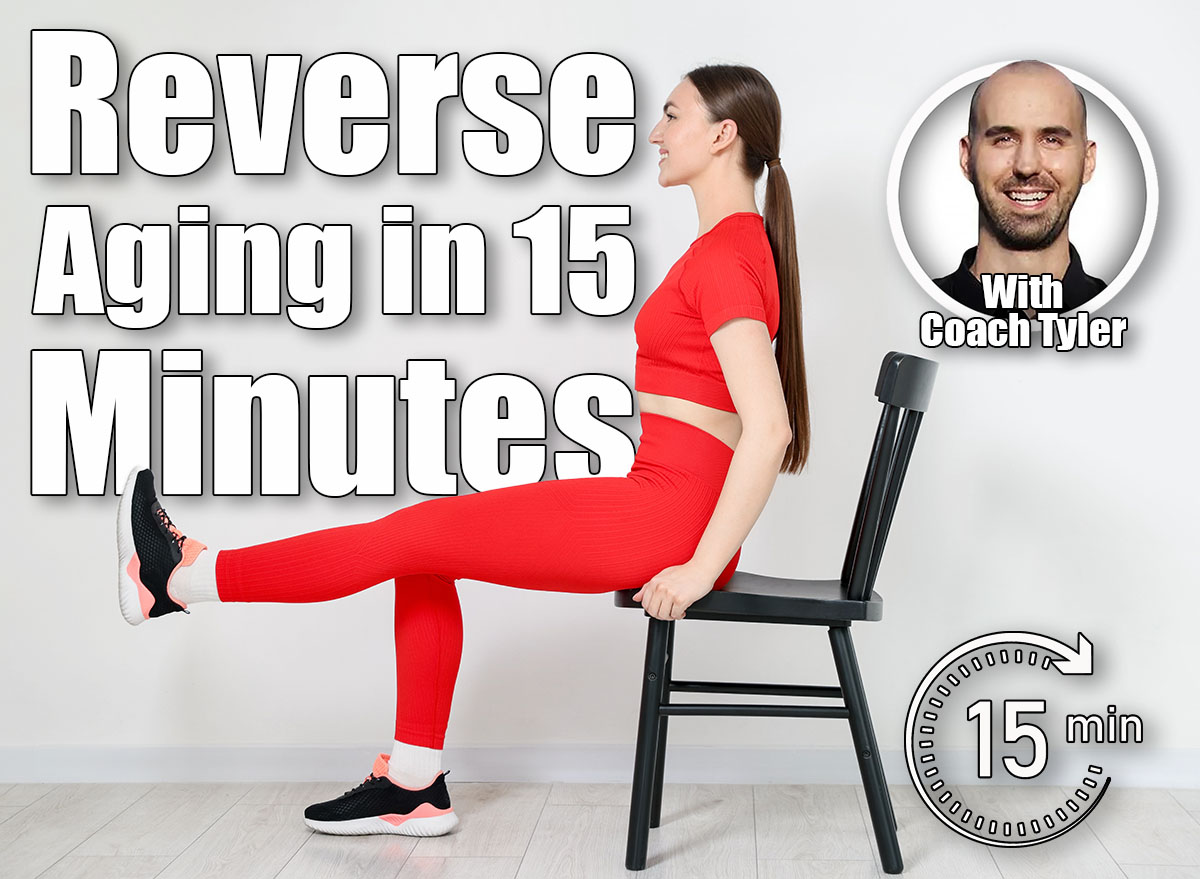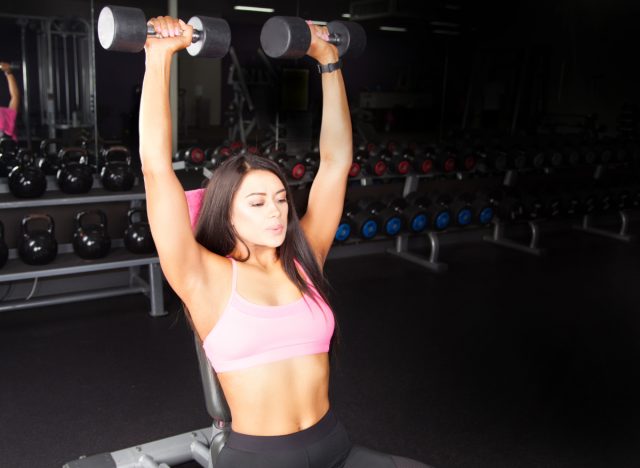5 Chair Exercises That Reverse Aging Faster Than Cardio After 60

Aging doesn’t mean slowing down, it means getting smarter about how you move. Chair exercises deliver stability, joint protection, and targeted muscle work that restores your body’s natural power. They reactivate muscles that have gone quiet over the years, improve circulation, and rebuild the kind of strength that supports everything from posture to balance.
What makes these movements so effective is how they engage your core and stabilizers without putting strain on your joints. You move through each exercise with control, using resistance from your own body weight to restore mobility and tone. It’s not about how hard you go, it’s about staying consistent and keeping those key muscles active.
With the right mix of precision and effort, these simple chair exercises wake up dormant energy and rewire your body for strength, balance, and endurance. Done daily, they smooth out stiffness, sharpen coordination, and help you move younger than your years. You’ll finish each session feeling stronger, lighter, and ready to take on whatever comes next.
5 Chair Exercises to Reverse Aging After 60
Seated Leg Lifts
Simple but wildly effective, seated leg lifts target your lower abs, quads, and hip flexors, areas that weaken with years of sitting. This move retrains your body to stabilize from the core and improves control over each step you take. Over time, it restores strength that supports your knees and balance when walking or climbing stairs.
How to Do It:
- Sit tall with your back straight and feet flat on the floor.
- Hold the sides of the chair for support.
- Lift one leg until it’s straight out, hold for three seconds, then lower with control.
- Alternate legs for 10–12 reps per side.
Chair Squat Hover
This move bridges the gap between sitting and standing, one of the most essential patterns for maintaining independence. The hover phase fires up your glutes, quads, and core while teaching your body to control motion in both directions. It strengthens the muscles that keep you stable and upright throughout daily life.
How to Do It:
- Stand in front of a sturdy chair with feet hip-width apart.
- Lower your hips as if sitting, stopping just before you touch the seat.
- Hold the hover for two seconds, then press through your heels to stand tall.
- Perform 10–15 controlled reps.
Seated Arm Press

Upper body strength fades quickly after 60 unless it’s trained with purpose. The seated arm press builds lean muscle through your shoulders, triceps, and upper back while keeping pressure off your joints. It tones your arms and supports posture, helping you hold yourself tall and steady.
How to Do It:
- Sit tall with your feet planted and core braced.
- Hold light weights or water bottles at shoulder height.
- Press your arms overhead until fully extended, then lower slowly.
- Complete 12–15 reps, focusing on control.
Seated Knee Pull-Ins
This core builder targets the deep stabilizing muscles that protect your spine and keep your midsection firm. Pull-ins also improve balance and coordination, both of which decline with age but respond quickly to consistent training. Expect your lower abs to fire up as you build strength where it matters most.
How to Do It:
- Sit on the edge of your chair, gripping the sides.
- Lean back slightly and extend both legs forward.
- Draw your knees toward your chest, squeezing your abs at the top.
- Extend your legs back out without touching the floor. Repeat for 10–12 reps.
Seated Torso Twist
Twisting through your midsection enhances core mobility and keeps your spine supple, key for staying agile and youthful. It boosts circulation through your midline, tones your waist, and encourages better posture. Done consistently, it feels like a massage for your back and energizes your whole system.
How to Do It:
- Sit tall with your feet flat and core engaged.
- Hold a weight, ball, or clasped hands in front of your chest.
- Rotate your torso slowly to one side, then the other, keeping hips forward.
Perform 10–15 controlled twists per side.